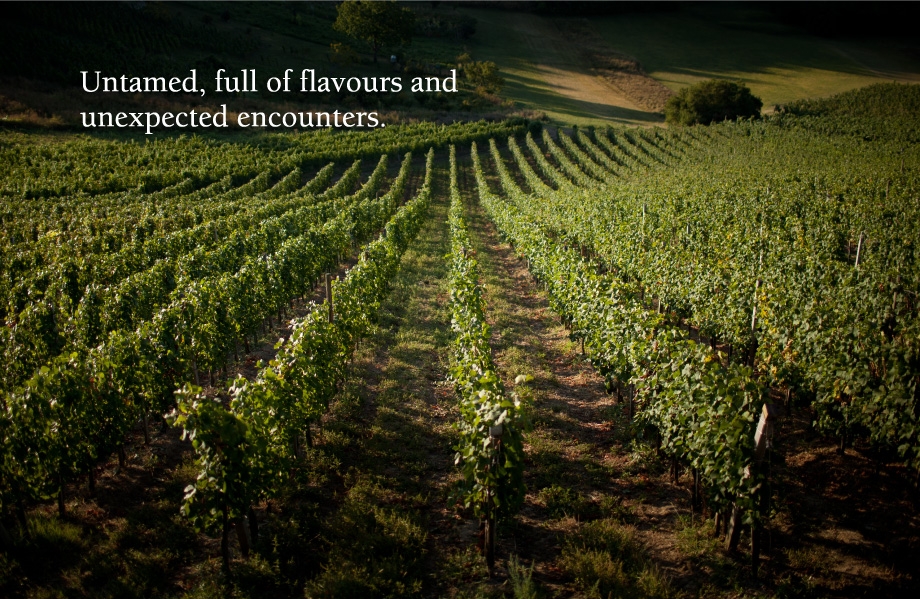Three white, three pink. Three from 2014, three from 2015. Two refreshing, as aperitif or with raw fish and seafood, two for white meat and two for dark, duck meat. Six sparklings were presented by Plešivica winemakers Josip Korak, Drago Kurtalj, Zdenko Šember, Franjo Kolarić, Tomislav Tomac and Dominik Jagunić in Žitnica, a hall in the renovated food warehouse near the Erdödy castle in Jastrebarsko, and made happy over 50 Jaska, Karlovac and Zagreb residents.
It was the first group presentation of Plešivica winemakers in their town and a wonderful overture to the Jaska Wine Festivities. Guests wondered if the world knows what kind of sparklings we have and proposed to ask the state to help present them, even export to demanding global wine markets.
“People who deal with wines know of our sparklings, but among the wider audience all of Croatia is unknown as a wine country,” said Tomislav Tomac. He reminded that some 20 years ago in France they had won a silver medal for one of the first family sparklings and that last year the British magazine Decanter listed their Amfora sparkling among the six most exciting sparkling wines of the world. More worthy than that formal recognition is possibly the non-formal one from Champagne itself. After tasting the Amfora sparkling by at least four sparkling producers, among them the legendary winery Jacques-Selosse, they buried amphorae in the cellars and nurtured in them the base wine for champagnes. It was the 2015 harvest, so if the winemakers are satisfied with results, we will probably be able to taste them next year. Maybe we did not export sparklings to Champagne, but we exported knowledge, idea, new method…
The export of Croatian wines is a general problem. Not because there aren’t wines that could satisfy the demanding global tastes, but because the quantity is small, and our market, especially the summer one, is extremely large. So a good portion of Croatian winemakers has no need to export wines.
Neither do the Istrians, who successfully branded their wine region and the Plešivica folk need to take heed. Instead of sending a few thousand bottles into the world, a few thousand guests from that world should come each month to Plešivica. This will help all the residents in Jaska and the area they will offer those guests cheese and cream, ham and salami, chicken, duck, pork, lamb, bread, onion, tomato, paprika…
The joint presentation of Plešivica ‘sparklers’ is thus very important. They will probably not reach Champagne as the multi-centennial tradition cannot be compensated overnight, but they can get in a ‘fight’ with colleagues form Franciacorta, where the best Italian sparklings come from, even the English, whose sparklings are increasingly defeating even champagnes at global competitions. Two English sparklings were on that list of most exciting sparkling wines, along with Tomac and three champagnes. To have a chance in that competition, Plešivica sparkling producers must set some standards. A proposition with five categories is offered. A white sparkling is aged for 15 months on yeasts, and the winemaker chooses the varieties. A special category of white sparkling is the one with old varieties, in which 50 percent of the base wine must be a mix of varieties once cultivated in Plešivica vineyards, and used today by almost all sparkling producers. The third category are rose sparklings. They should have 50 percent of the base wine from Pinot Noir, which is excellent on Plešivica. All three types can also be produced as vintage sparklings, those with a harvest label, but for that they must spend 30 months or more on yeasts. I the best category, reserve, all three types can fit, but only if the sparkling was on yeasts for 50 or even 60 months. Producers can keep their label, but bottles need a joint mark, such as the black rooster on Chianti Classico wines.
These six winemakers are the core which needs to stick to the rules and decide on new members. It is necessary that they form a serious bond, a cooperative, or a company. They will make strategic decisions for a professional management to follow. Here they need the help of institutions – town, county, state – while things get started. And if they begin well with sparklings, they can present in the same way Rieslings, Pinot Noirs, Chardonnays and Sauvignons, something they are also best in Croatia.
For the original and more from Vino.hr blog on wine, click here.











